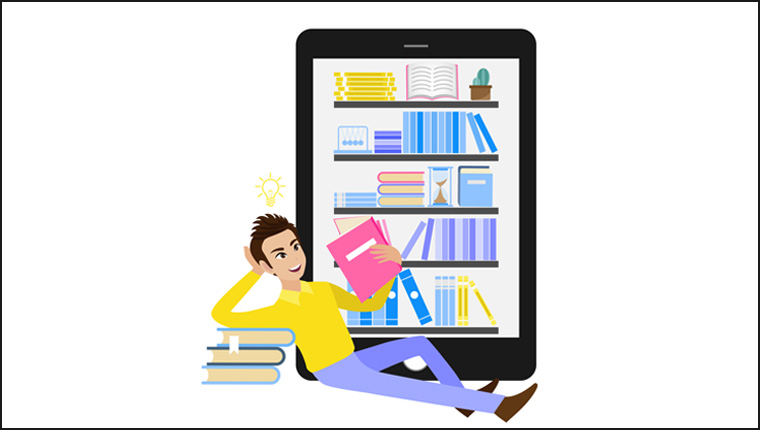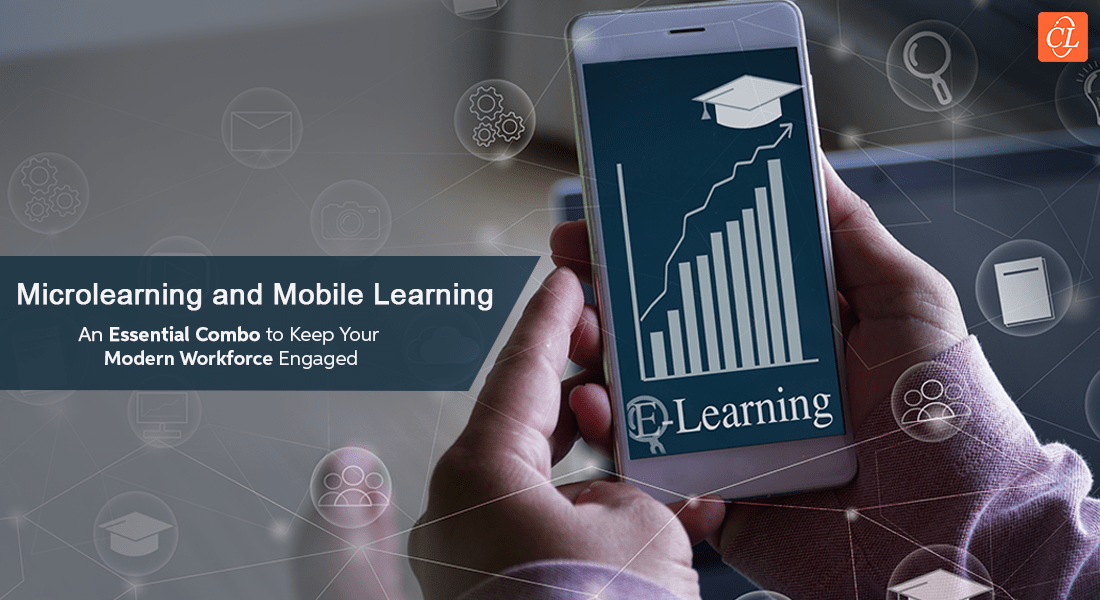Microlearning and Social Learning: Double the Impact

Social learning posits that people learn from others and with others. This can happen either by observing others’ behavior or from the outcomes of those behaviors. Social learning is slowly carving its niche in online training considering it offers the scope of continual learning. So much so that, 85% of the organizations surveyed by Brandon Hall Group said they are experimenting with social and collaborative learning approaches in their organizations.
Microlearning and Social Learning: The Combo to Double the Impact of Learning
3 reasons the combination of microlearning and social learning is successful
- Fosters interaction
- Facilitates continual learning
- Makes learning more personal
5 microlearning assets to encourage social learning
- Video teasers
- Audio podcasts
- Game-based nuggets
- Quizzes
- Interactive eBooks and PDFs
On the other hand, we all know microlearning offers bite-sized learning nuggets that are easy to digest. They offer just the right amount of information essential to achieve one specific objective. Needless to say, your learners can access microlearning ‘on the go’, be it during a coffee break or their commute to office. So, to answer the elephant in the room, here’s why the combination of social learning and microlearning can work so well for online learning.
To begin with, combining microlearning and social learning would imply using focused and short bursts of learning that happens frequently in a social learning setup. However, this should be aligned to an overall, larger learning goal. Let’s find out more about this combo.
3 Reasons the Combination of Microlearning and Social Learning Works Brilliantly
1. Fosters Interaction
Take a moment to recall how most of the interactions on social media are already short and bite-sized. For instance, posts in Facebook or LinkedIn, 1-minute videos in Instagram, or tweets in Twitter. One post leads to many comments and further discussions online. So to say, people prefer to-the point information.
So why not use this for social learning? Only instead of posts, you can utilize various microlearning assets such as infographics, micro videos, interactive PDFs, and quizzes to set the ball rolling for interactions in social learning platforms.
2. Facilitates Continual learning
One of the important elements of social learning is the ability to access learning whenever and wherever learners wish or need. This implies learning has to move beyond the confines of desktops and be accessible on mobile devices. This is where microlearning comes in!
Learners can use their mobile devices to post queries in online communities of learning or social media groups. And peers/experts can suggest useful tips, best practices, as well as forward microlearning assets for reference. However, it’s a good idea to have an expert validating the answers/tips/content being exchanged/.
3. Makes Learning More Personal
Social learning makes learning more personal to learners when they invest in curating content for learning. This is in contrast to one-off event-based training sessions where learners seldom contribute to the learning content. Social learning makes them feel they are ‘in it together’ – which boosts a sense of ownership and participation.
For instance, user-generated content plays a crucial role in sharing information. Learners can quickly shoot a short video or an audio podcast for those who are looking for solutions. The delivery of crisp information allows leaners to learn and respond much faster. They can vote, comment, and share modules they found most helpful, further encouraging others to contribute toward shared learning.
So, this was how the combination of microlearning and social learning can double the impact of online learning. Now you must be wondering about the various microlearning assets that can be used for social learning. Well, here they are.
5 Microlearning Assets for Encouraging Social Learning
1. Video Teasers
Videos are always better when it comes to providing an immersive learning experience. They hold the potential of breaking the monotony of plain text and making it appealing for learners to engage. Apart from micro videos that can be used for almost anything, teaser videos are here for your consideration as well.
You can post teaser videos in online learning communities or social media platforms to highlight the importance of the forthcoming online training session and its value for learners. Let learners share what they think and invoke interest about the same.
2. Audio Podcasts
If videos make for an immersive learning experience, audio podcasts in eLearning are no less. The power of audio podcasts is the positive impact it has on retention levels.. Since time immemorial, human brains are more drawn toward stories and content interwoven with a story is retained much longer.
Therefore, short audio podcasts with a strong narrative is what it takes to hold your learners’ attention and get them talking. Audio podcasts can be on learners’ personal experience, interviews with experts, important takeaways, and more. It’s a quick and dirty way to disseminate, learn, and respond to information quickly.
3. Game-based Nuggets
Game-based learning essentially creates a fully playable game around your learning content. Learners have to play the game to acquire information. Each game-based eLearning nugget deals with one learning objective at a time to enhance retention and applicability.
Considering the popularity of games such as Pokémon Go and PUBG, game-based nuggets make a perfect microlearning format for fostering social learning. For instance, a treasure hunt where learners have to identify the relevant features of a product or a quiz for that matter.
4. Quizzes
To speak the truth, seldom will you find learners enthusiastic about assessments in eLearning. However, microlearning quizzes can help take boredom away and make them stress-free. How? Gamified elements such as badges, rewards, and points encourage learners to play repeatedly to beat scores, cross levels, and learn along the way. Let learners share their scores and positions on leaderboards through an LMS.
5. Interactive eBooks and PDFs
If you thought eBooks and PDFs are boring, make way for interactive PDFs and eBooks. The interactive version ensures learning feels light and active. Clickable elements can be used to let learners explore the subject matter and gain in-depth knowledge. This also makes more room for discussions. So, next time learners seek more information on a social learning platform, surprise them with interactive PDFs and eBooks.
I hope this blog gave you compelling reasons on why the combination of social learning and microlearning works so well. Harness the power of microlearning to further extend the effectiveness of your social learning approach.
And now if you want to delve more into microlearning, here’s a free eBook- “Where Does Microlearning Fit in Your Learning Strategy?” that you can download. It will give you insights on what microlearning is and what it is not, benefits of microlearning, types of microlearning assets and so much more!





![The Wide Variety of Microlearning Assets to Engage Learners [Infographic]](https://blog.commlabindia.com/hubfs/Imported_Blog_Media/microlearning-assets-types-info.jpg)